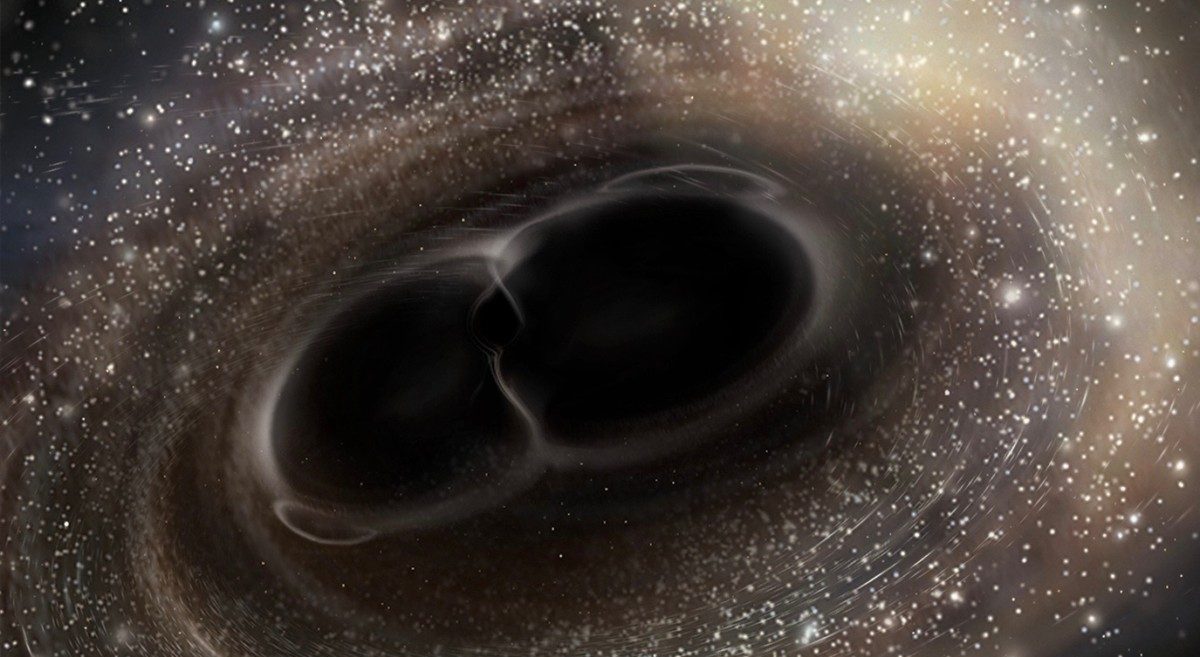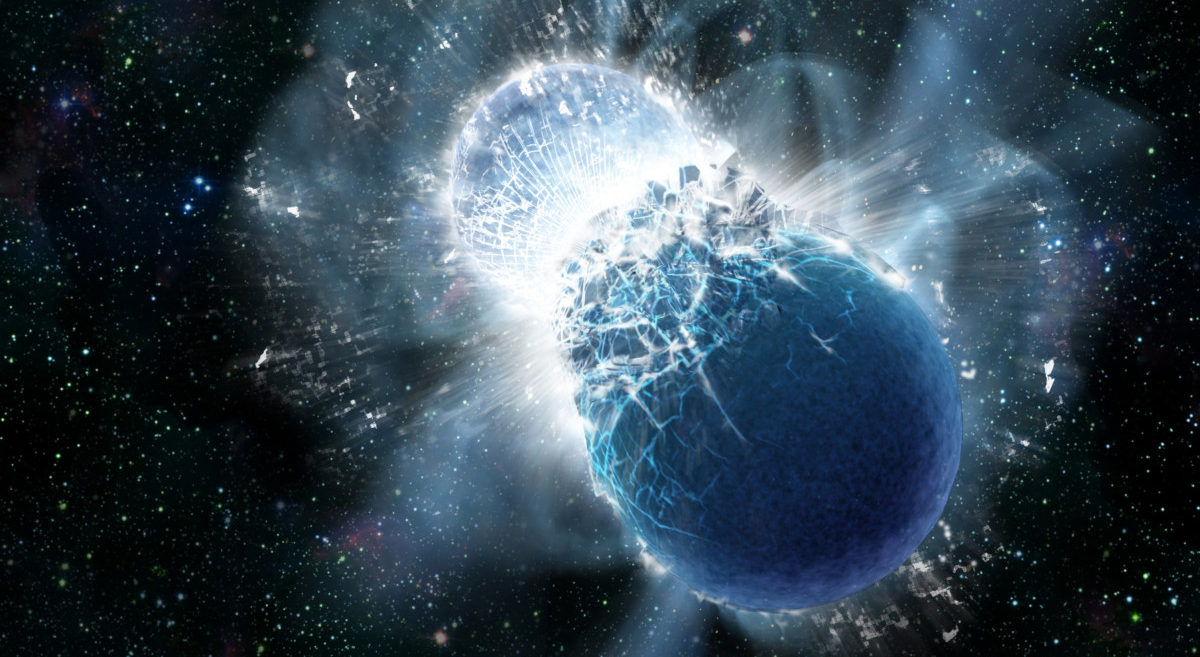About me
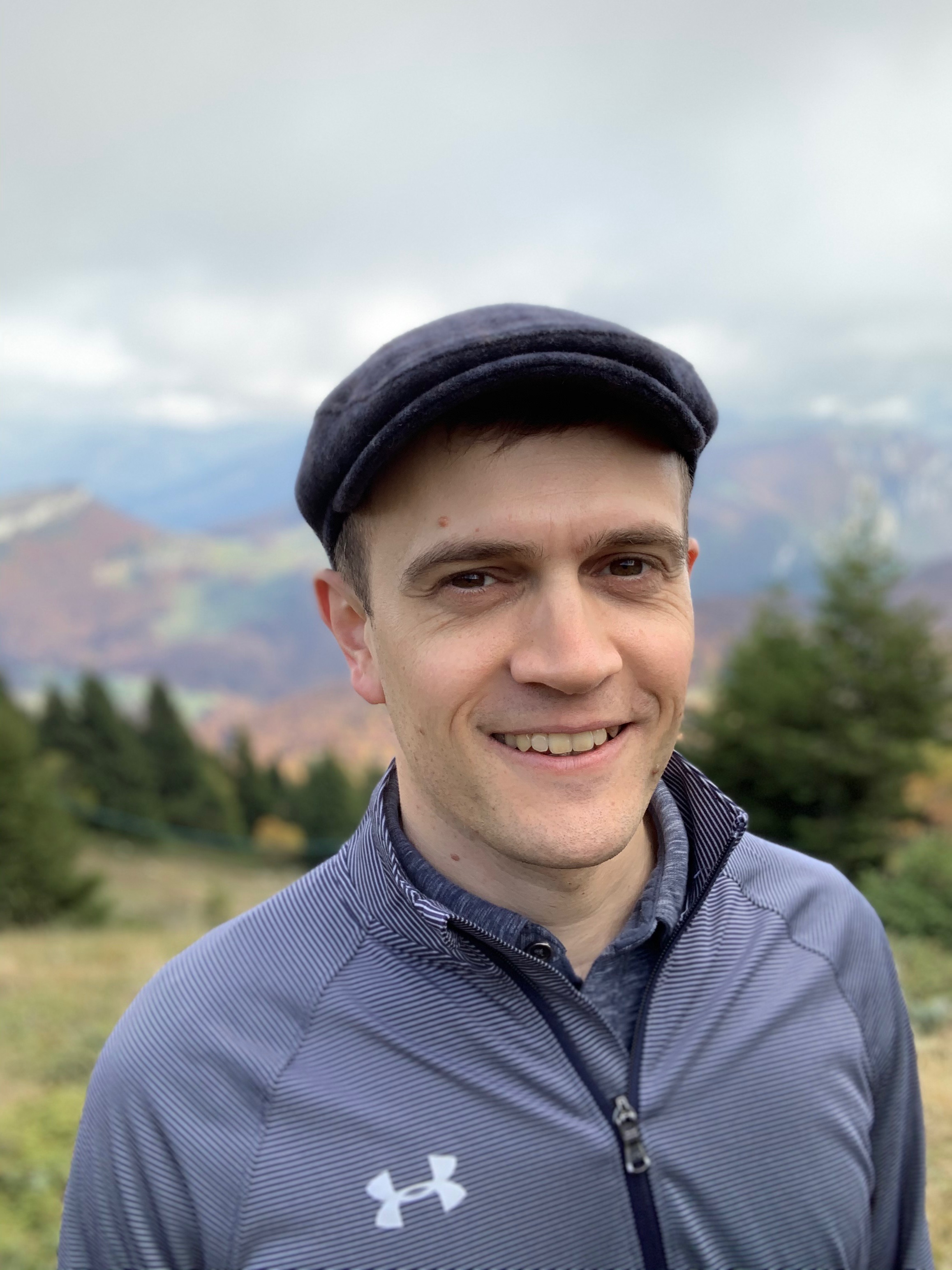
I am a physicist doing research in gravitational-wave astronomy. I am a Research Associate Professor of Physics and the Director of the Open Source Program Office at Syracuse University. I am a member of the Syracuse University Center for Gravitational Wave Astronomy and Astrophysics. I also have an adjunct appointment in physics at the University of Massachusetts, Dartmouth. Previously, I have been a High Performance Computing Facilitator at UMass Dartmouth, a senior research scientist at the Max Planck Institute for Gravitational Physics in Hannover, Germany, and a postdoc at the University of Maryland. I received my bachelor’s degree and Ph.D. in physics from Syracuse University. My research is focused on analyzing gravitational waves from black holes and neutron stars. Through these observations I hope to answer fundamental questions about the universe, such as: What happens near a black hole? What does matter do under extremely high pressures?
When not doing physics, I enjoy running and hiking (if you couldn’t tell from the pictures). My love for the outdoors stems from growing up in Corinth, NY — a small town in the Adirondack mountains of upstate New York. I am also a history buff, a bit of a news junkie, and love anything aerospace related (I even named my cat Apollo).
Here you can find more information about my research, my CV, and how to contact me.
Research Interests
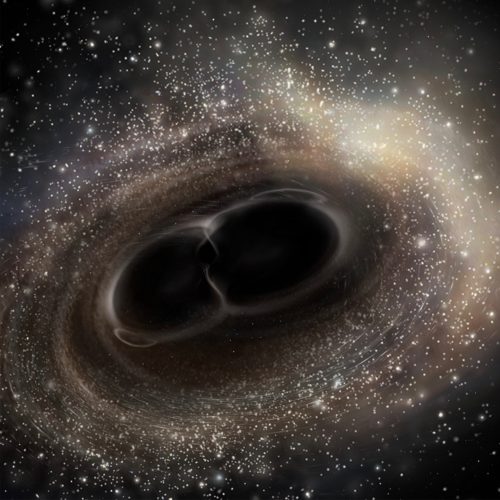
Testing General Relativity
Binary black holes are excellent laboratories for testing predictions of Einstein's theory of gravity, General Relativity. I am involved in multiple approaches to testing general relativity using gravitational-wave observations.
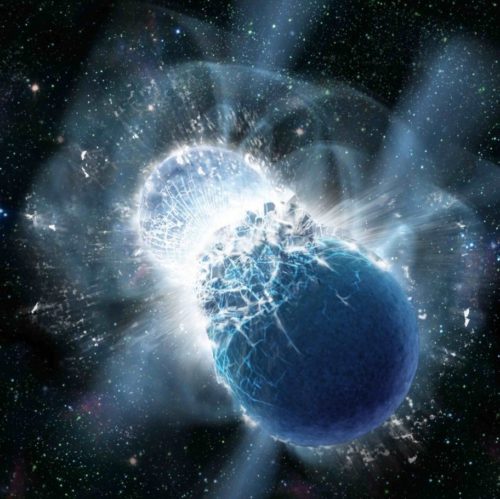
Physics of dense matter
We are learning about dense nuclear matter through gravitational-wave and electromagnetic observations of neutron stars.
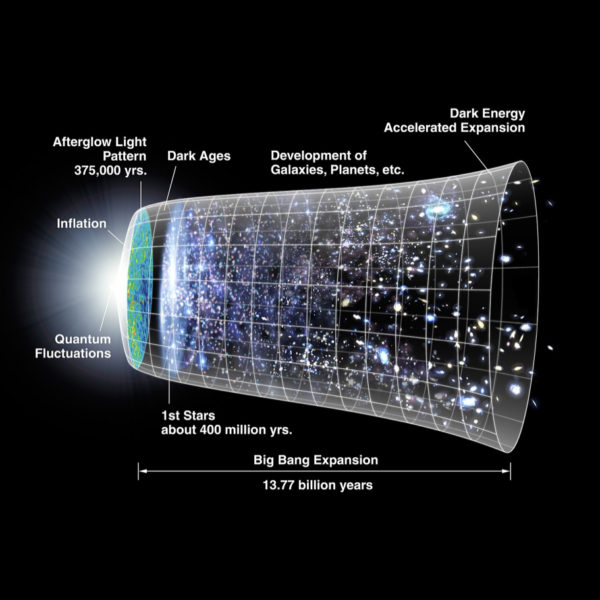
Standard sirens
Gravitational waves provide an independent channel for probing the expansion rate of the universe.
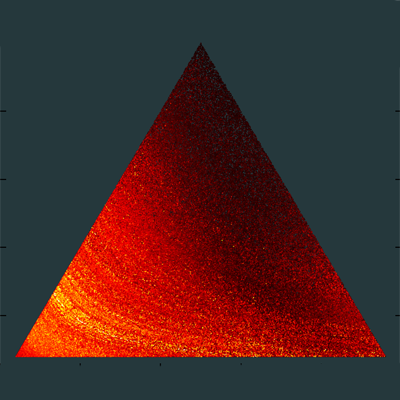
Gravitational-wave & multimessenger searches
Constructing searches that can find weak signals in a background of detector noise has been key to LIGO's success, and can be employed to find joint electromagnetic and gravitational-wave signals in the future.
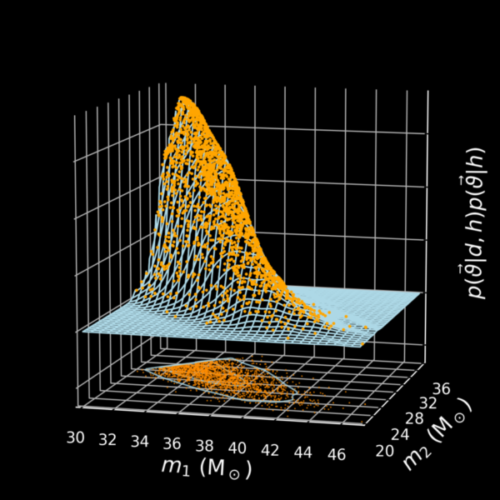
Parameter estimation
Determining the properties of a gravitational-wave source — its mass, location, etc. — is paramount in gravitational-wave astronomy. I develop methods and software that use Bayesian inference to estimate the parameters of compact mergers.
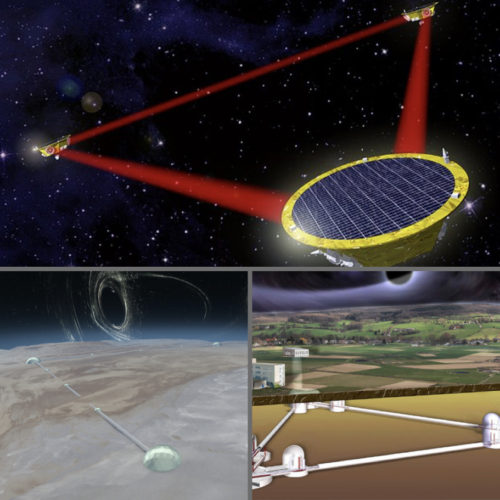
Next generation detectors
The space-based LISA observatory, planned to fly in 2034, and ground-based Cosmic Explorer and Einstein Telescope, proposed to begin in the 2030s, have the potential to vastly increase our knowledge of the cosmos.
Contact
Research Associate Professor of Physics
Director, Open Source Program Office
Syracuse University
Syracuse, NY 13244
USA
cdcapano[at]syr.edu
0000-0002-0355-5998
collin-capano

